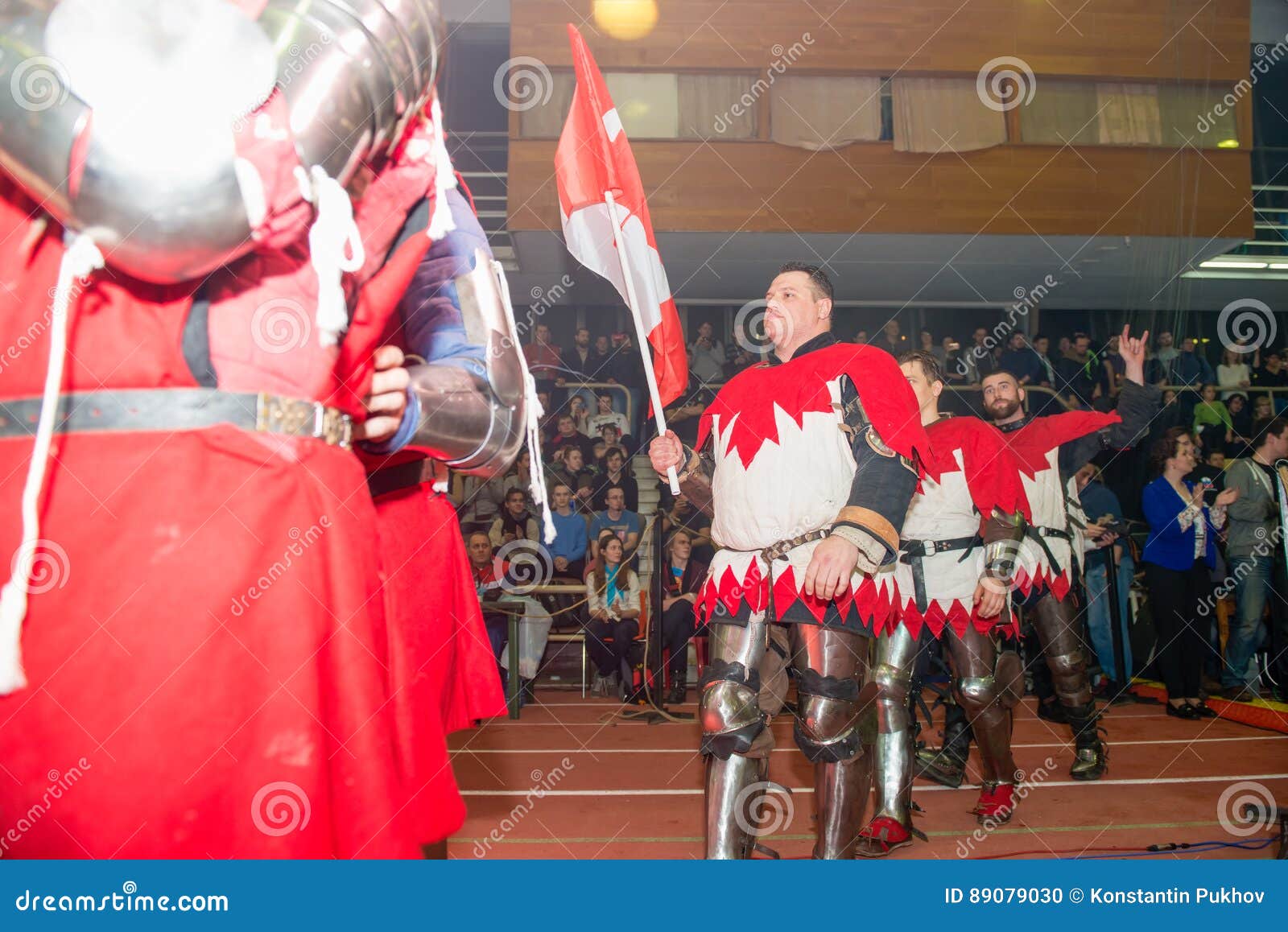


Hanlan went on to win 300 matched competitions, a remarkable achievement. The Marquis of Lorne, son-in-law of Queen Victoria and Governor General of Canada, requested that news of the race be telegraphed to him immediately. Trickett, known as “a giant at the oar” at 6’5″. On November 15, 1880, Hanlan became the World Champion sculler with a win on the Thames River in England, against Australian E.A. Kerr wrote a poem about Hanlan and published it to raise funds to build a large stone house for the Hanlan family at 189 Beverley Street, coincidently opposite that of George Brown, one of the fathers of Confederation. The Buffalo Courier proclaimed, “Hanlan has been worth more to Canada than its new railroad.”Īlso in 1879, W.H.C. In England, he was described as a young colonial boy with the “knees to nose” style of rowing. In 1879, Hanlan was the Champion of England, defeating William Elliott by 11 lengths on the Tyne River. By the time they reached Pittsburgh, the total was $300,000, millions of dollars today. From Toronto, 54 wealthy citizens, travelling on a chartered railway car to see the event, initially raised $60,000 to bet on Ned. In 1878, Hanlan became United States Champion, victorious against Evan Morris on Pittsburgh’s Allegheny River. The family had six girls (Edith, Audrey, Mae Gladys, Grace, Margaret, and Eileen) and two boys (Edward Gordon and Douglas) born between 18. In 1877, Hanlan married Margaret Gordon Sutherland of Pictou, Nova Scotia, a loyal wife and enthusiastic supporter who travelled to many of his regattas. “Had Hanlan been a victorious general returning with a brilliant military record, ‘the hero of a hundred fights’, he could not have received a greater or more hearty reception,” proclaimed the Toronto Globe newspaper editorial. Hanlan received a watch and silver medal from His Worship Angus Morrison, Mayor of Toronto.

A torchlight procession marched down Yonge Street. It was said that you could step from one boat to another and never get your feet wet. Great blasts issued from tug boats among the hundreds of boats along a half-mile of the waterfront. Martial bands played “See the Conquering Hero Comes”. City of Toronto, he was welcomed by thousands of delirious celebrants.

John, New Brunswick, in a record time of 21 minutes, 9.5 seconds. Over the five-kilometre course, Hanlan won the final race against Alex Brayley of St. Hanlan’s rise to prominence was secured when he defeated elite scullers from Canada and the United States at the 1876 Philadelphia Centennial Regatta on the Schuylkill River. Race lengths varied, usually from 1 to 1.5 miles, or from 2 to 6 miles, with a turn, so spectators could watch most of the rowing and place bets at the half-way mark. Prize money was from $1,000 to $5,000, a substantial sum, equivalent to upwards of $100,000, today. Matched single competitions would have up to 100,000 spectators and the equivalent of up to $20 million in bets wagered on the outcome. They arranged matches, drew up contracts, and negotiated prize money. Shaw, American consul John Davis, a government inspector and James Douglas, a hotel keeper. Among them was David Ward, a pawnbroker Col. He went on to win competitions at the local, provincial, and national levels.īy 1876, Hanlan’s early success persuaded local businessmen to form “The Hanlan Club”. In 1873, at the age of 18, Hanlan won the amateur sculling championship on Toronto Bay, defeating prominent scullers Sam Williams and William McKen. In a scooped out wooden plank, Hanlan used to cross Lake Ontario in all kinds of weather to attend George Street Public School on the mainland. Rowing became as natural to Hanlan as walking. Hanlan became fascinated with rowing as he observed the single oarsmen on Toronto Bay. While youngsters handled toys, Hanlan grasped oars. Some have said that a boat was Hanlan’s baby carriage. Then they moved to Hanlan’s Point which is named after the parents, not Hanlan the sculler. At first, the family lived on the eastern part of the Islands. He was the second son of fisherman, hotelier, and constable John Hanlan and Mary Gibbs. Hanlan, born on July 12, 1855, began rowing while growing up on Toronto Island. Hanlan Boat Club, named after the world-famous sculler Edward “Ned” Hanlan has a rich and colourful history on Lake Ontario.


 0 kommentar(er)
0 kommentar(er)
